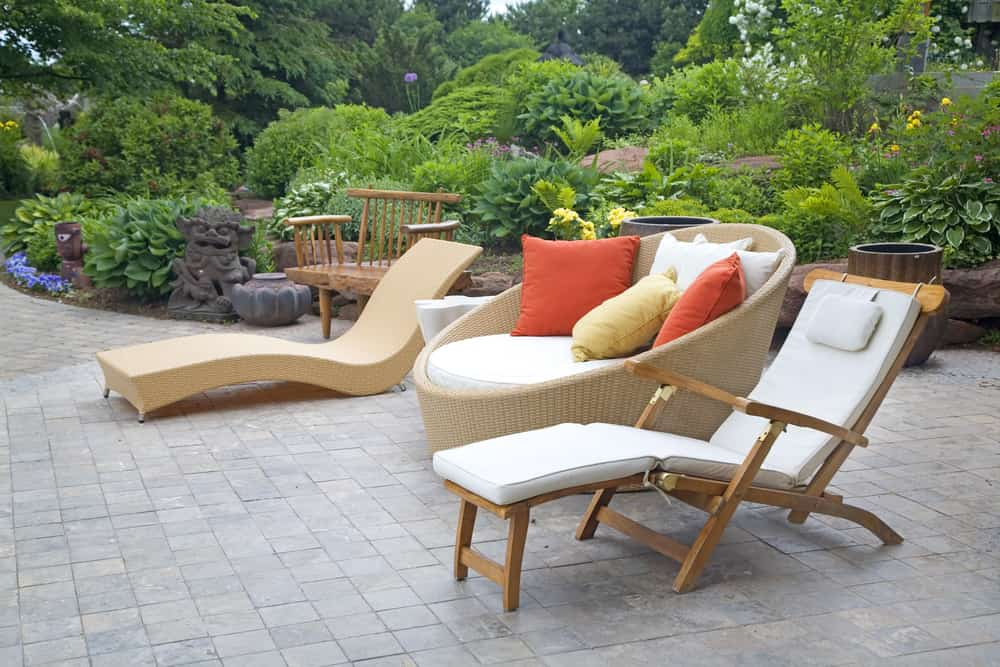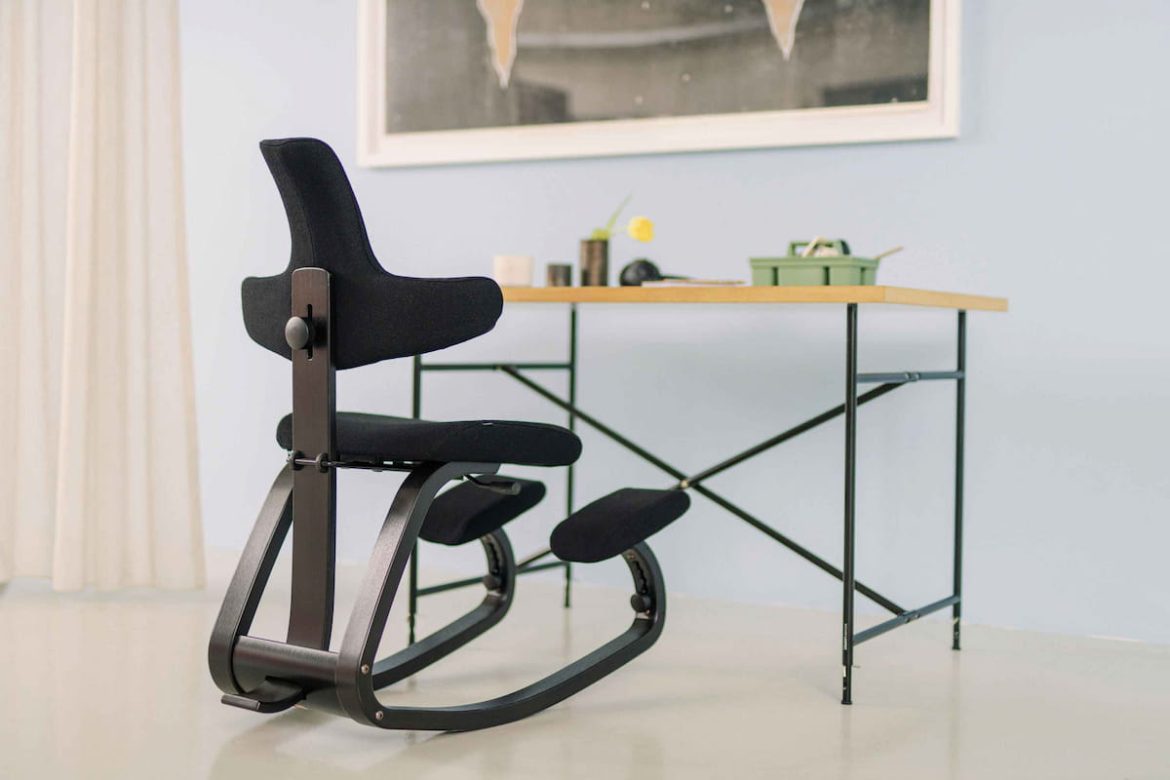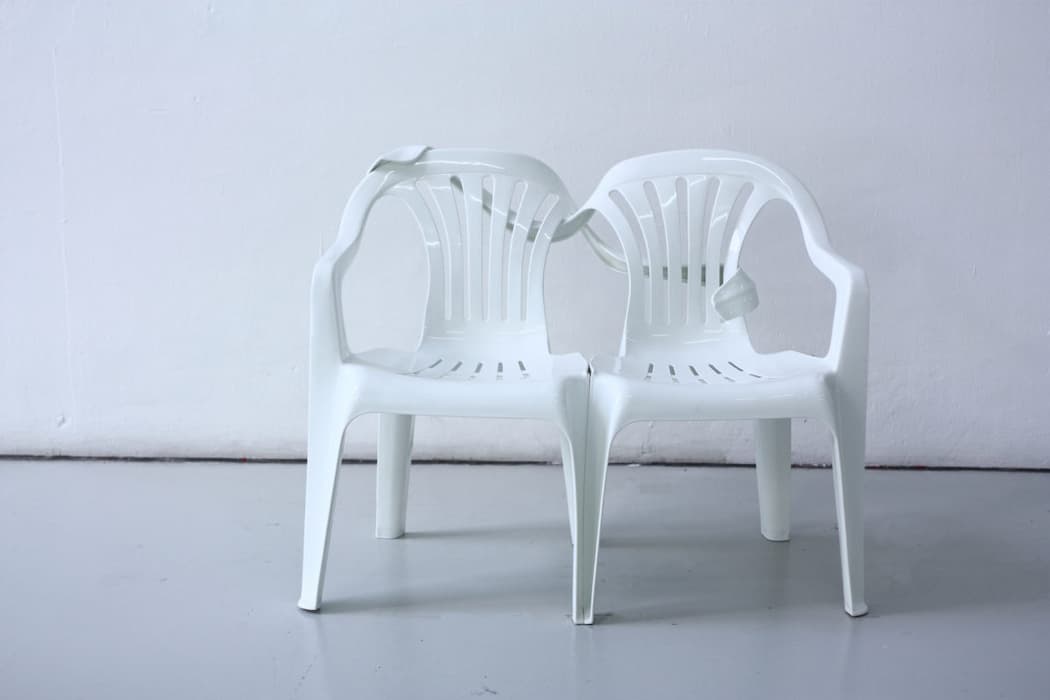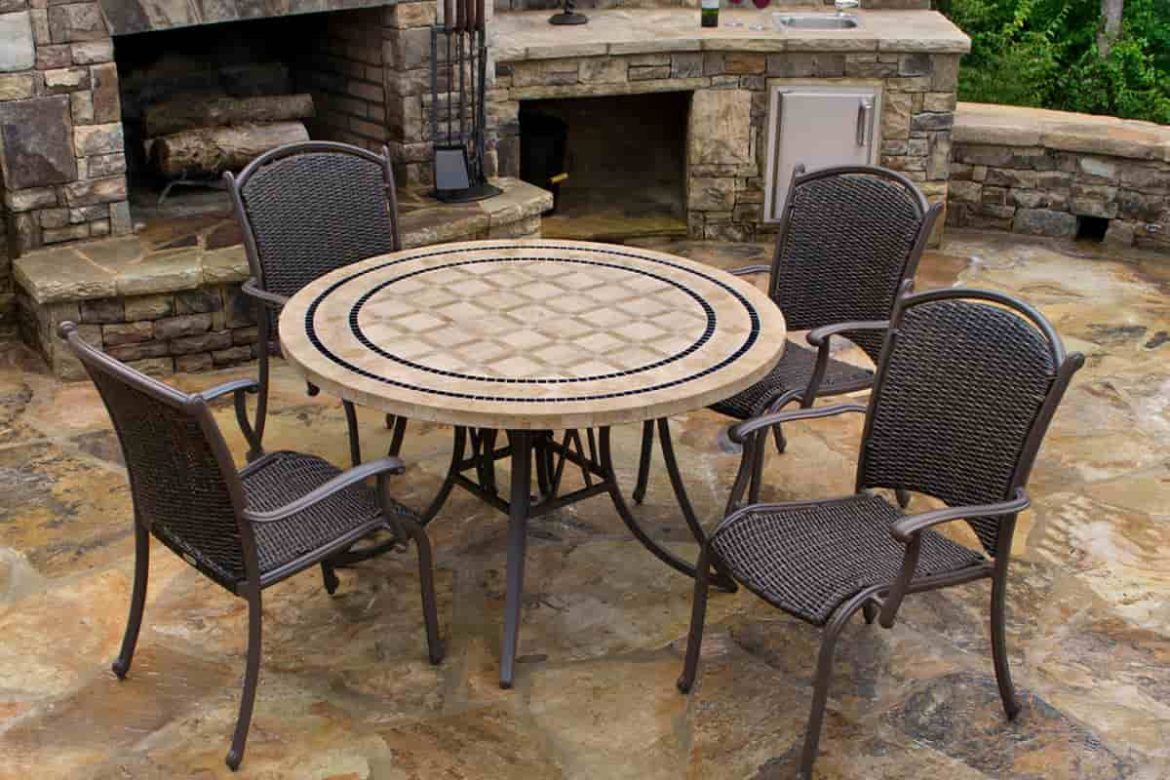best chinoiserie fabric chair
Etsy is the place to go for fabric flower pots that have been handcrafted and are made to contain flowers
You can find these types of flower pots
Today, we are going to talk about a chair that is generally thought to be the greatest possible item that would match an elegant Chinese interior design
This chair is the one that is in question, and we are going to talk about it
This chair is going to be today’s topic of conversation, so please feel free to bring it up
Large chinoiserie may work wonderfully when applied to chairs that are significantly different from one another in terms of their proportions, ages, materials, and designs
This is made abundantly clear by the photograph that is in question
The Berger chair, which has a fabric with a chinoiserie design on it and a wooden frame, is without a doubt my favorite piece in this whole area
It has a chinoiserie design on the fabric, and the frame is made of wood
These two qualities set it apart from the other pieces of furniture in the space in a significant way
The third issue of Incredible Friday Finds of Chinese Chic will be made available for digital download the day after it is published, on the day after that, at nine in the morning Eastern Time, and on the day after that, it will have been published

It was eventually discovered that James E
Thompson had spent the entire time concealing his true identity
The cultural traditions of the Mandarin people had an influence, at least in part, on the organizational structure of the Tea Party
The term “chinoiserie” refers to a particular type of interior design that was popular in Europe in the 17th century
The art and culture of East Asia during that time period had a significant impact on it, which is likely why it became so popular in Europe around that same time period
Chinoiserie became popular in Europe
During the 17th century in Europe, the style of interior decoration known as chinoiserie was extremely popular
The same name as a traditional form of artistic expression from China inspired its naming
The popularity of chinoiserie was at an all-time high in Europe at the time
The name, which appears to be translated into French as “Chinese style,” is a celebration of both the creative legacy of those countries and the period’s infatuation with the exoticism of China, Japan, and other countries
The name appears to be translated as “Chinese style
” The expression wasn’t used for the first time until the later half of the 19th century
It would appear that the name has been translated into French as “Chinese style,” which may be an attempt to draw attention to the shortcomings of this style of furniture and design
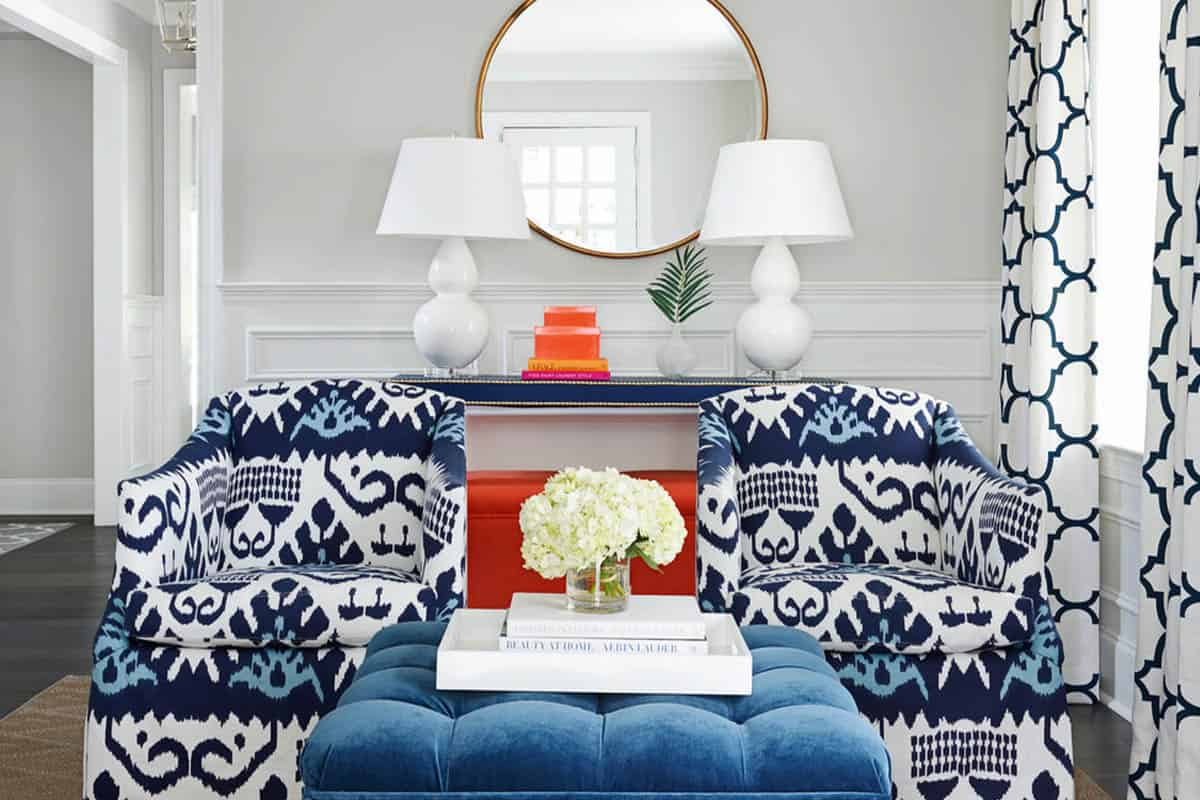
The majority of the time, this style of furniture and design merely and stereotypically imitates aspects of Asian culture rather than reproducing them
This may be an attempt to draw attention to the shortcomings of this style of furniture and design
It’s possible that the French ornamental style known as Chinoiserie can trace a significant percentage of its roots back to the contributions that King Louis XIV of France made to the growth of the style when it was still in its early years
Louis XIV was the monarch of France during those years
His Trianon of Porcelain, which he finished in 1670, had a significant impact on the architectural style that was popular in China during that century
It was constructed in the form of a traditional Chinese garden
This particular style was given the moniker of the Ming Dynasty during its heyday
Europe Craftsmen who worked in the Chinoiserie style included many various aspects of Asian design into their work
Some of these elements include lacquered surfaces, pagoda shapes, bamboo, and bird and flower motifs, amongst others
The word “chinoiserie” originates from French and literally translates as “Chinese lacquer
” Typically, these pieces were shown in front of bright and colorful wall coverings that acted as the show’s backdrop

It is a wonderful example of the dominance of the Rococo style in the design of furniture for the entirety of the 18th century and was influenced by the natural surroundings in which it was located
This makes it a perfect piece of furniture to illustrate this point
To put it another way, this is an extraordinary illustration
This specific piece of furniture offers the most striking and eye-catching depiction of the Chinoiserie style there is
As a result of the fact that European craftsmen molded chinoiserie after Asian models, regional variations emerged, such as the Chinese Chippendale in England, which featured cabinets, chairs, tea tables, and wood carvings with a Chinese motif, and the “Japanese” surfaces of the Americas, which were meant to resemble lacquerware from the East
Both of these variations were the result of the fact that European craftsmen molded chinoiserie after Asian models
Both of these variants emerged as a direct consequence of the fact that craftsmen in Europe fashioned chinoiserie based on models from Asia
Both of these variations came up as a direct result of the fact that craftsmen in Europe fashioned chinoiserie based on models from Asia
The models were imported to Europe and used by European craftsmen

Both of these variants emerged as a direct consequence of the fact that craftsmen in Europe fashioned chinoiserie based on models from Asia
The models were imported to Europe and used by European craftsmen
The models were brought to Europe where they were utilized by the various craftspeople there
The effort of skilled artisans in Europe, who fashioned chinoiserie based on models from Asia, is credited as being the primary contributor to the development of both the Rococo and Chinoiserie styles
Both of these looks can trace their origins back to models that were created in Asia at some point in the past
Pieces of furniture crafted in the Queen Anne style have been given paintings that are reminiscent of those that can be seen in China by artisans working in both the city of Boston and the city of New York
These paintings have been offered as gifts
On pieces of furniture crafted in the Queen Anne style, you’ll frequently see paintings like this
Antique furniture in the chinoiserie style remains popular with interior decorators of all stripes, from those who specialize in Hollywood Regency to those who work in more contemporary settings, despite the turbulent history of the style
This includes interior decorators who work in more contemporary settings
This is the case even among interior decorators who operate in locations that are considered to be more contemporary
It is believed that the Chinese Ming and Qing dynasties were the ones who were responsible for the development of this particular furniture style (James Montt, Tommy Parzinger, William Haynes, and Samuel Marks have all adapted the style)
